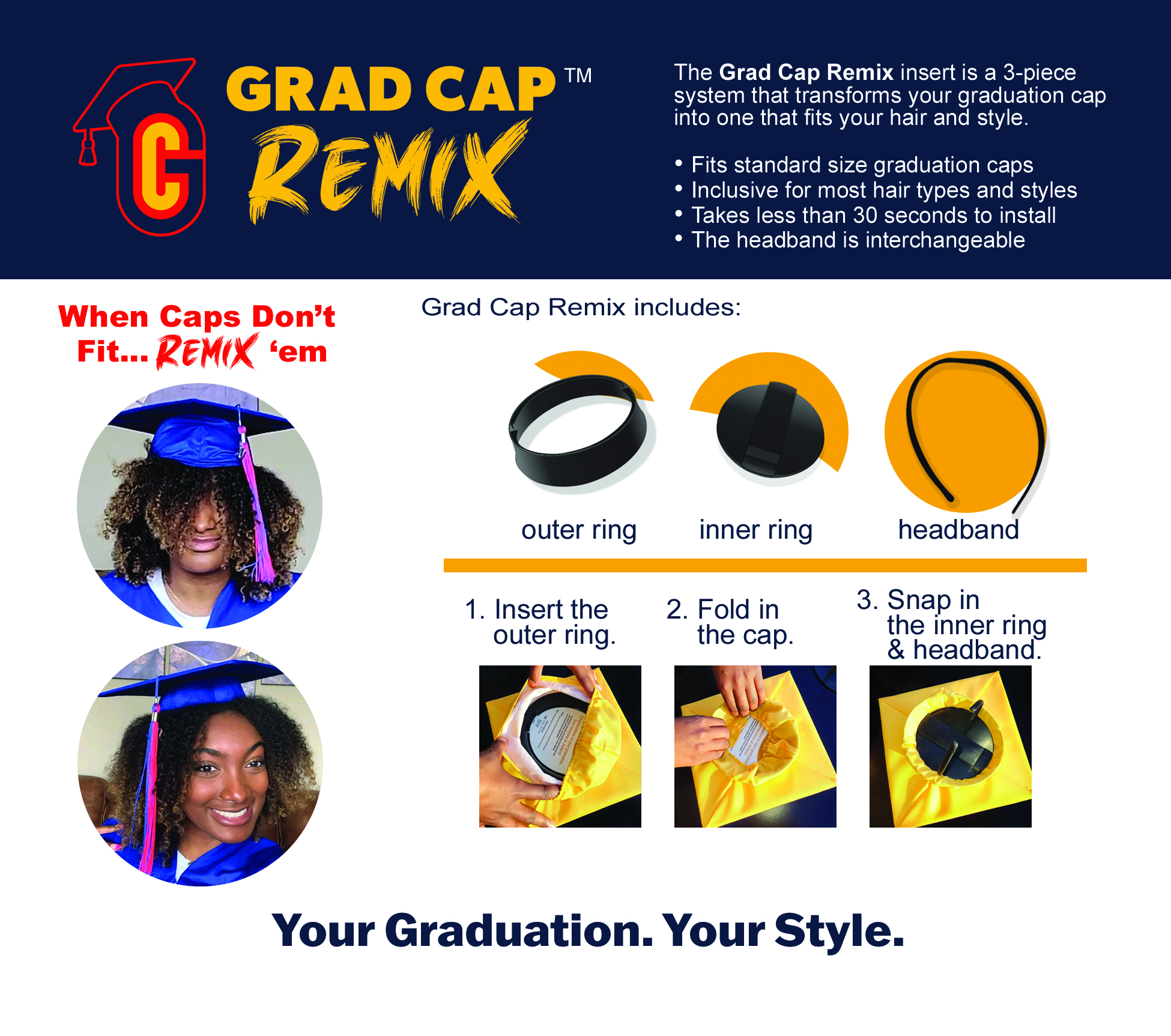Senior Year for the College-Bound Student: Starting off Strong!
This is it, Senior year! So much has led up to this moment, now you have just one year left of high school before embarking on your next great adventure. This being the case, there is so much to do, and only one year to get it all done in. But don’t worry, we’re here to provide you with a fall guide for college prep.
Right out of the gate, we recommend meeting with your counselor during the first couple of weeks in school. You will want to double check your graduation requirements and make sure your class schedule aligns with the credits you will need to obtain. There probably isn’t a worse feeling than getting halfway through the semester and realizing that Fine Arts and Language Arts are two completely different and non-interchangeable subjects and you have too many of one and not enough of the other. Luckily, your counselors should be helping to monitor this, but it doesn’t hurt to check in yourself.
Early fall is also a good time to look at deadlines for college admissions applications and financial aid. If you are looking to apply to several schools, set reminders on your calendar of when the application is due to help you prioritize getting them all done timely. If you know you will need or qualify for financial assistance, be sure to note the dates to apply. The FAFSA application is typically open from October 1st -January 1st for the following academic year. When applying you will need the code for each school you plan to apply to. You might also want to register for ACT’s/SAT’s or any other college admissions exams around this time.
There is no shortage of scholarship opportunities available to college students and these look very appealing on a resume or application portfolio. Speak to your counselor about unique opportunities available to you based on your culture, identity, heritage etc. There are scholarships for first-generation college students, women and/or BIPOC in specific fields like welding and architecture, students who were involved in the foster care system etc. Most of these opportunities will require specific essays for consideration so it’s a good idea to have a couple basic templates of an essay put together for you to alter and add certain criteria to later. There are also scholarships that just require entry and are based on a lottery system. Do your research, see what’s out there and apply as you see fit.
The fall semester and winter break are great times to plan campus tours of colleges and universities you are interested in. Even if you may attend a local school whose campus you have been on before, go ahead and set up a guided tour anyway. Most often these tours are led by current students and seeing things through their perspective and being able to ask questions about the campus life and culture is an invaluable experience and may help you make your decision.
As you’re working hard during your last year of high school, consider requesting recommendation letters from one or two of your teachers. Obviously, those that will be most beneficial are those with relevant coursework for your degree plan, classes that you particularly excel in and have a great rapport with the teacher. Your courses might be lighter this year but don’t be tempted to slack off, every grade and credit counts. Even after acceptance or conditional acceptance into a program, you’ll still have to send in your final grade reports, including your grade point average (GPA) for each semester. If you start off strong in the fall and then Senioritis kicks in when spring rolls around, this could make a noticeable difference and could change your application status or eligibility for financial aid or scholarships. Afterall, you worked hard to get this far, don’t give up, and finish strong![/vc_column_text][/vc_column][/vc_row]


